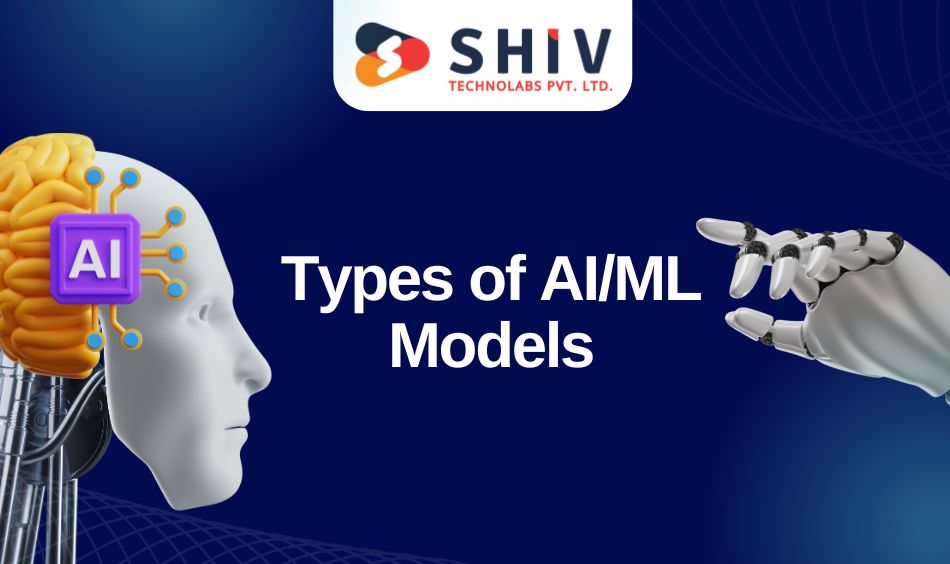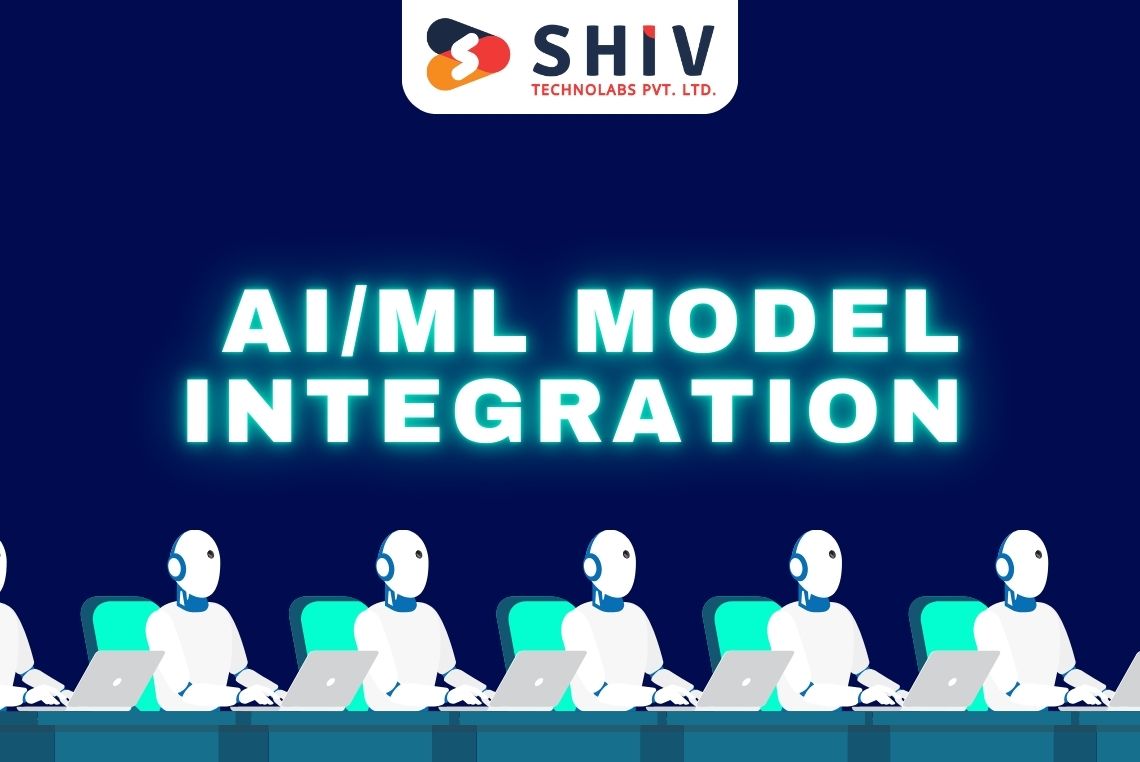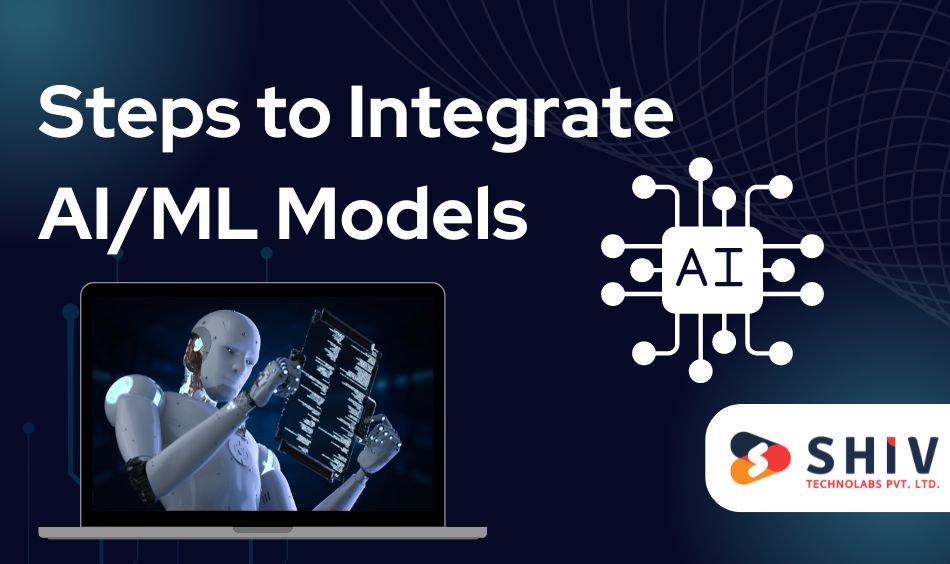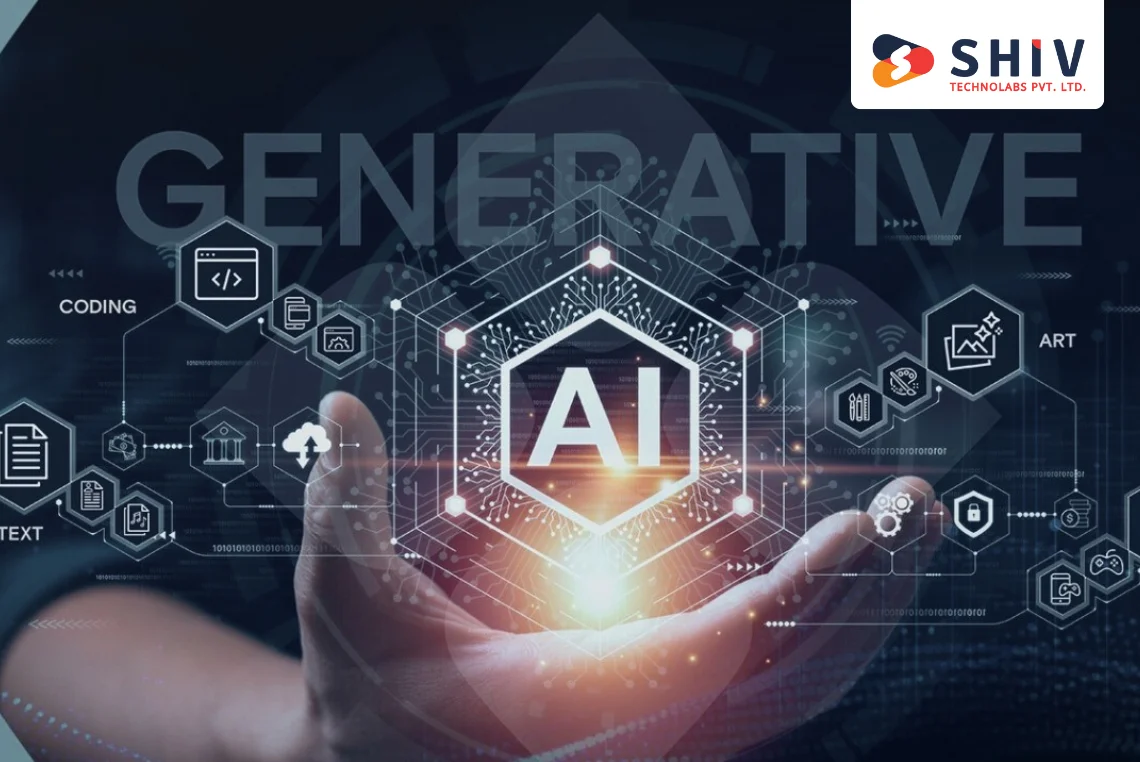Table of Contents
Artificial Intelligence (AI) and Machine Learning (ML) have revolutionized numerous industries, enabling businesses to gain insights, automate processes, and improve decision-making. This comprehensive guide will walk you through the essential steps to integrate AI/ML models into your systems effectively. Whether you’re a seasoned developer or a business leader, this guide aims to provide practical and actionable advice.
Understanding AI and ML
Before diving into the integration process, it’s crucial to grasp the basic concepts of AI and ML. AI refers to the broader concept of machines being able to carry out tasks in a way that we would consider “smart.” ML, a subset of AI, involves the process of teaching a computer to learn from data and improve its performance over time without being explicitly programmed. For businesses seeking to implement these technologies, AI/ML development services can provide the expertise and tools needed to effectively harness the power of AI and ML, ensuring optimal performance and innovative solutions tailored to their specific needs.
Types of AI/ML Models

There are various types of AI/ML models, each suited for different tasks:
- Supervised Learning: This type of model is trained on labeled data. Common applications include spam detection, image recognition, and predictive analytics.
- Unsupervised Learning: These models find hidden patterns or intrinsic structures in input data. Examples include clustering and association tasks.
- Reinforcement Learning: This model learns by interacting with its environment, receiving rewards for performing tasks well and penalties for poor performance. It’s widely used in robotics and game theory.
- Deep Learning: A subset of ML that uses neural networks with many layers (deep networks). It’s particularly effective for image and speech recognition.
AI/ML Model Integration Costs
The cost of implementing AI/ML models varies depending on several factors, including the complexity of the model, the amount of data required, computational resources, and deployment needs. Simpler models like linear regression or decision trees might incur lower costs due to less computational demand, whereas advanced models like deep learning or reinforcement learning require substantial resources for training and inference, leading to higher costs. Additionally, ongoing maintenance, data processing, and cloud services can influence the total cost of ownership.
| Model Type | Complexity | Data Requirements | Computational Resources | Deployment Costs | Maintenance Costs |
|---|---|---|---|---|---|
| Supervised Learning | Low to Medium | Moderate | Moderate | Moderate | Moderate |
| Unsupervised Learning | Medium | High | High | High | High |
| Reinforcement Learning | High | Varies | Very High | Very High | High |
| Deep Learning | Very High | Very High | Very High | High | High |
Also Read:- Top 20 Best AI Software Development Tools List by Shiv Technolabs
Steps to Integrate AI/ML Models
1) Define the Problem
The first step in integrating an AI/ML model is to clearly define the problem you’re trying to solve. This involves understanding the business requirements and the specific goals you aim to achieve. Are you looking to predict customer behavior, automate a process, or analyze large sets of data? A clear problem statement will guide the entire integration process.
2) Collect and Prepare Data
Data is the foundation of any AI/ML model. The quality of your data significantly impacts the performance of your model. Follow these steps to prepare your data:
- Data Collection: Gather relevant data from various sources. This could be structured data from databases, unstructured data from text files, images, or sensor data.
- Data Cleaning: Remove any inaccuracies or inconsistencies in your data. This might involve handling missing values, correcting errors, and standardizing formats.
- Data Transformation: Convert the data into a format suitable for analysis. This might involve normalization, scaling, and encoding categorical variables.
3) Select the Right Model
Choosing the right model depends on the problem you’re trying to solve and the nature of your data. Experiment with different models to see which one performs best. Tools like TensorFlow, Keras, and PyTorch offer a wide range of pre-built models and libraries to help you get started.
4) Train the Model
Training involves feeding your data into the model and allowing it to learn the patterns and relationships within the data. This process involves:
- Splitting the Data: Divide your data into training and testing sets. The training set is used to train the model, while the testing set evaluates its performance.
- Model Training: Use the training data to train your model. This involves selecting appropriate algorithms and fine-tuning parameters to improve performance.
- Evaluation: Assess the model’s performance using the testing set. Metrics like accuracy, precision, recall, and F1-score are commonly used to evaluate model performance.
5) Model Validation
Validation ensures that your model is generalizable and performs well on unseen data. Techniques like cross-validation and bootstrapping can help assess the model’s robustness.
6) Deployment
Deploying your model involves integrating it into your existing systems and making it accessible for real-time predictions or batch processing. Consider the following:
- Infrastructure: Ensure you have the necessary infrastructure to support your model. This might involve cloud services, on-premises servers, or edge devices.
- APIs: Develop APIs to enable communication between your model and other systems.
- Monitoring: Implement monitoring tools to track the performance of your model in real-time. This helps in identifying issues and ensuring the model performs as expected.
7) Continuous Improvement
AI/ML models require continuous monitoring and updating to maintain their performance. Regularly retrain your model with new data, fine-tune parameters, and explore new algorithms to improve accuracy and efficiency.
Also Read:- Maximizing Sales with AI: The Future of eCommerce
AI/ML Model Integration Challenges and Best Practices
# Data Quality
Ensuring high-quality data is crucial for the success of your AI/ML model. Invest time in data preprocessing, and consider using techniques like data augmentation to improve the robustness of your model.
# Scalability
As your data grows, ensure your model can scale efficiently. Use distributed computing frameworks like Apache Spark and cloud platforms like AWS, Google Cloud, and Azure to handle large datasets and complex computations.
# Security and Privacy
AI/ML models often require sensitive data. Implement strong security measures to protect data privacy and comply with regulations like GDPR and CCPA.
# Interpretability
Ensure your models are interpretable, especially in critical applications like healthcare and finance. Techniques like SHAP and LIME can help explain model predictions.
# Ethical Considerations
Be mindful of ethical considerations when developing and deploying AI/ML models. Avoid biases in your data and ensure your models make fair and unbiased decisions.
AI/ML Model Integration Tools and Technologies
# Programming Languages
- Python: Widely used for AI/ML due to its simplicity and extensive libraries (e.g., TensorFlow, Keras, PyTorch).
- R: Popular for statistical analysis and data visualization.
# Frameworks and Libraries
- TensorFlow: An open-source platform for machine learning.
- PyTorch: A deep learning framework known for its flexibility and ease of use.
- Scikit-learn: A library for classical machine learning algorithms.
# Cloud Services
- AWS SageMaker: A fully managed service to build, train, and deploy ML models.
- Google AI Platform: Offers tools and services to develop and deploy AI models.
- Azure Machine Learning: Provides an end-to-end machine learning platform.
Conclusion
Integrating AI/ML models into your systems can significantly enhance your business operations and drive innovation. By following the steps outlined in this guide, you can successfully implement AI/ML solutions that meet your specific needs and deliver measurable results. Stay updated with the latest advancements in AI/ML technologies and continuously refine your models to maintain a competitive edge.
Integrating AI/ML models into your business can significantly enhance your operations and drive innovation. If you’re looking for expert assistance, Shiv Technolabs, a leading AI/ML development company in Canada, offers top-notch solutions tailored to your specific needs. With Shiv Technolabs, you can transform your data into actionable insights and stay ahead in the competitive market. Contact Shiv Technolabs today to start your AI/ML journey and unlock the full potential of your business.





















